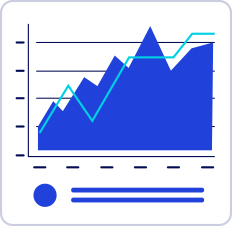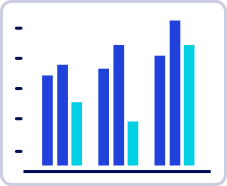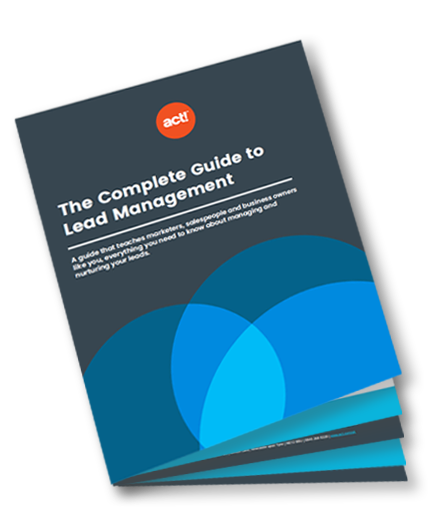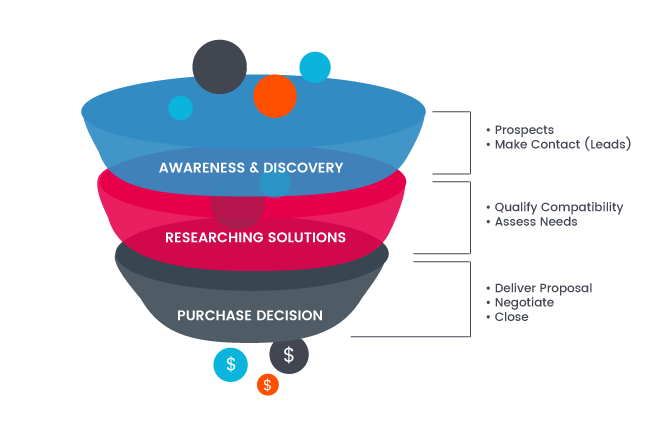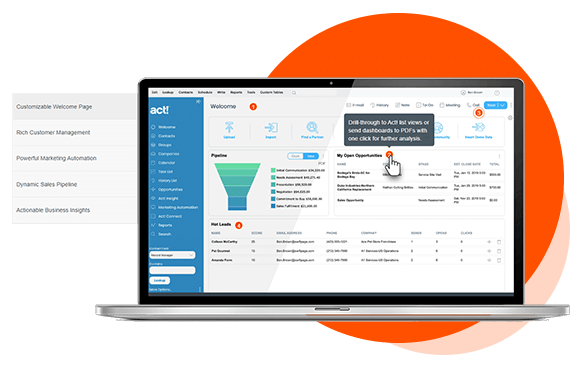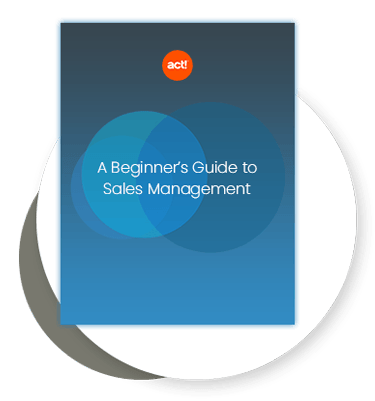Why do you need a sales funnel?
All businesses that make sales have some form of marketing sales funnel, even if they have not defined it.
A website for a service that attracts people via word-of-mouth is a basic sales funnel, as is using search ads to direct people to an eCommerce store.
While some businesses see success with these strategies, many others would benefit from creating a funnel that better guides users.
The service-based business above, for example, may find success by creating an email list that people who visit the site can sign up to, even if they are not yet ready to buy. They can then work on nurturing leads via email until they make a purchase.
Here are some reasons why you should create an effective sales funnel.
A focused sales and marketing strategy
Putting in place a dedicated sales funnel means you are no longer relying on a scattergun approach to selling your product. Instead, you have laid out steps and actions to take at each stage of the process. Defining your strategy is the first step, and all the other benefits follow on from this.
More sales
As you learn which activities result in prospects buying your product, and which put them off, you can focus your efforts on sales-generating activities.
Making fewer mistakes can lead to you getting more sales from the same number of prospects, as well as getting more new leads into your funnel in the first place.
A better sales funnel can also help you earn more revenue per sale. For example, by adding a step to your funnel that allows customers to choose add-ons related to their initial purchase, your business may be able to earn more per customer.
Increase forecast accuracy
By tracking how leads move through your sales funnel, your company can make better predictions about future purchases. This can help you make decisions around cashflow, budgeting, and demand.
If you know that on average 10% of people who sign up to your mailing list ultimately buy from you, you can estimate how many sales you will make based on the number of new subscribers you get every day.
Higher profit margins
Having a deeper understanding of your sales funnel lets you make better customer acquisition cost estimates. This can show you which methods of gaining customers are the most profitable.
Imagine you are spending on both Google and Instagram ads. If you find it costs $10 to gain a customer on Google and only $9 to acquire a customer on Instagram, you can focus on the later, thus increasing profitability.
This is a simple example, but the idea is sound: look at where you are spending money and what is effective to reduce costs and increase profitability.
You can also increase profit margins by testing your individual sales funnel stages. If you A/B test two landing pages and find that one converts at a higher rate, you can increase sales without spending more on customer acquisition.




